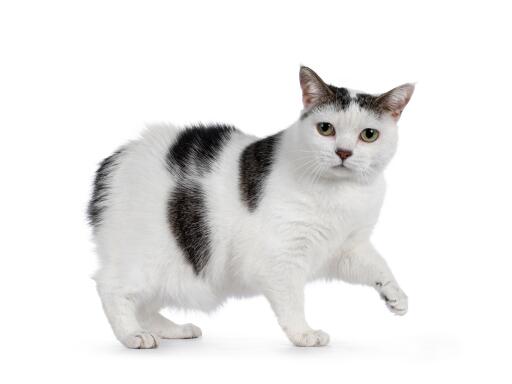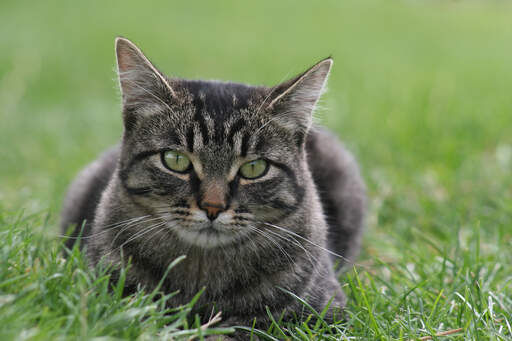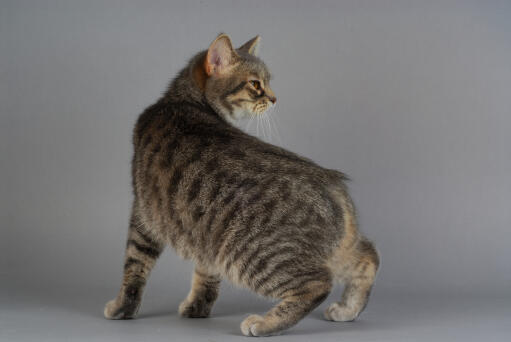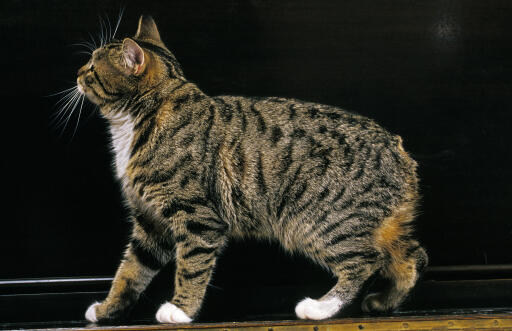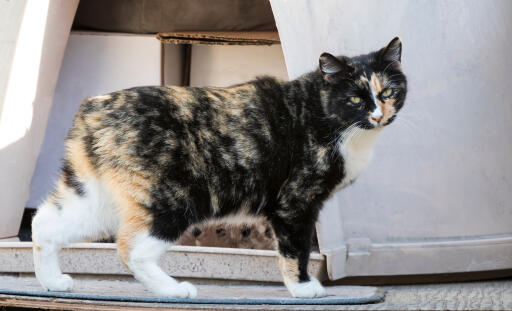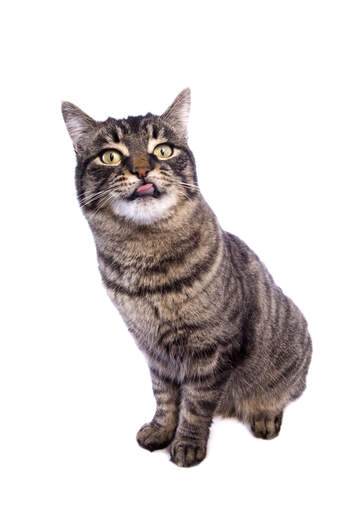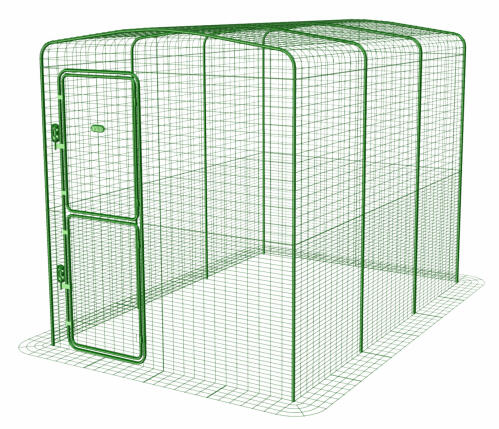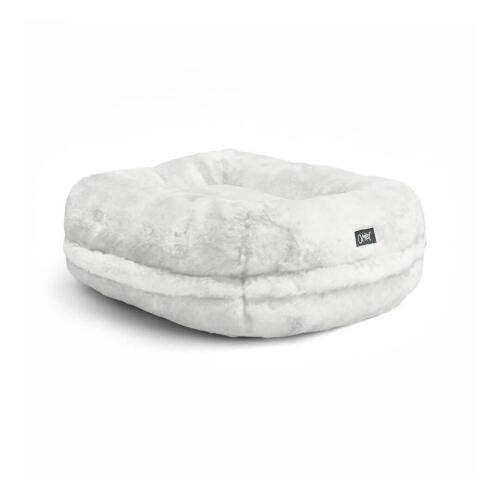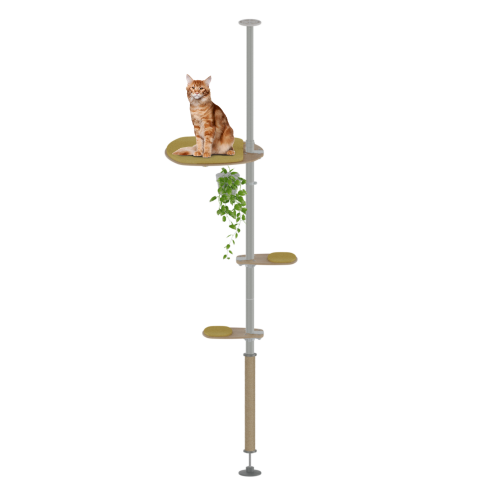Manx Cats






Historia i wygląd
There are lots of old wives tales that surround the Manx cat’s history. Perhaps one of the most farfetched ones is that Noah cut off the Manx cat’s tail as he closed the Ark door as the rain began.
Historical records show that the gene mutation that is responsible for the Manx cat’s iconic tail (or lack of) originated on the Isle of Man. The mutation meant that kittens were born without the vertebrae of a normal tail. The first known picture of one dates back to an 1810 painting. The Isle of Man would have been even more isolated than it is today so inbreeding of the island cats resulted in the lack of a tail becoming a widespread trait.
Manx were one of the original breeds at the beginning of cat fancy in the late 1800s. We know this because we find them in the show records from that era. Tailless longhairs also appeared on the Isle of Man, however they did not achieve the same level of popularity at the time.
Now, the longhair is known as the Cymric and has an identical breed standard to the Manx. TICA recognized both the Cymric and the Manx for championship competition in June 1979.
Zachowanie i hodowla
Manx are intelligent and active cats that have great problem solving skills. Many Manx owners have reported that their cat has learnt to use door handles or even retrieve toys like a dog. They are agile cats who enjoy a good game with their owners but they can get bored and lonely if they are left alone for too long.
Odmiany
The Manx comes in a wide variety of colours and patterns
Informacje o rasie
- Status: Rasa powszechnie spotykana
- miejsce pochodzenia: UK
- Orientacyjny czas pochodzenia: Pre 18th Century
- Długość sierści: M
- Poziom aktywności: M
- Głośność: niski
- Child friendly: Dobry dla dzieci
- Inteligencja:
- Skłonność do zabawy: Umiarkowane
- Wymagania co do sierści: Rzadziej niż raz na tydzień
- Waga: 3.5 -5.5kg
- Rozmiar: M
- Kot trzymany w domu czy na zewnątrz: Kot domowy
- Dopasowanie do innych zwierząt:
- Potrzeba towarzystwa:
